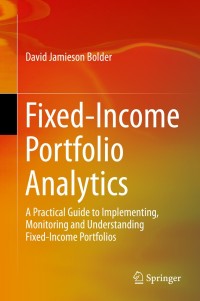Question
1. Brookhaven Enterprises Inc. is analyzing a project that requires $1,600,000 of fixed assets. When the project ends, those assets are expected to have an
1. Brookhaven Enterprises Inc. is analyzing a project that requires $1,600,000 of fixed assets. When the project ends, those assets are expected to have an aftertax salvage value of $803,000. How is the $803,000 salvage value handled when computing the net present value of the project?
| A. | Cash inflow prorated over the life of the project
| |
| B. | Cash inflow in the final year of the project | |
| C. | Cash outflow for the year following the final year of the project | |
| D. | Excluded from the net present value calculation | |
| E. | Reduction in the cash outflow at Time 0 |
2. You are considering an investment with the following cash flows. If the required rate of return for this investment is 11%, should you accept it based solely on the internal rate of return rule? Why or why not?
Year Cash Flow 0 -$98,000 1 $53,000 2 -$ 9,800 3 $78,000 4 -$ 3,000
| A. | The IRR rule cannot be applied because the IRR is negative. | |
| B. | You cannot apply the IRR rule in this case because there are multiple IRRs. | |
| C. | no; because the IRR is less than the required return | |
| D. | no; because the IRR is negative. | |
| E. | yes; because the IRR is greater than the required return |
3. Which of the following bonds has the most interest rate risk?
| A. | 6-year maturity; 4 percent coupon bond | |
| B. | 6-year maturity: 7 percent coupon bond. | |
| C. | 10-year maturity; 4 percent coupon bond. | |
| D. | 12-year maturity; 4 percent coupon bond | |
| E. | 12-year maturity; 7 percent coupon bond. |
Step by Step Solution
There are 3 Steps involved in it
Step: 1

Get Instant Access to Expert-Tailored Solutions
See step-by-step solutions with expert insights and AI powered tools for academic success
Step: 2

Step: 3

Ace Your Homework with AI
Get the answers you need in no time with our AI-driven, step-by-step assistance
Get Started


